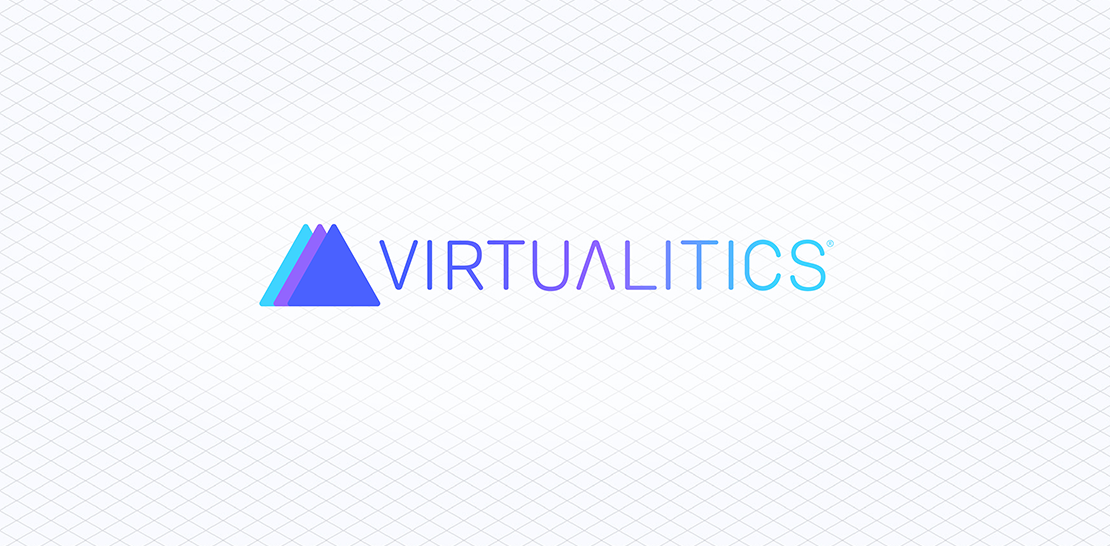MACHINE LEARNING (ML), INDUSTRY 4.0, ENERGY
Using Machine Learning in the Energy Sector
.png)
Written by Virtualitics
Nov 24, 2021 7:34:00 AM

Machine learning is a branch of artificial intelligence and computer science that uses data and algorithms to imitate the way that humans learn. The “learning” aspect of machine learning refers to the system’s ability to improve its accuracy and knowledge set over time based on experience.
Machine learning has a lot of practical applications, but one of the most powerful ways this technology is being used today is in big data analytics.
Applying machine learning algorithms to generating, aggregating, and analyzing large and complex datasets provides several key benefits, including:
-
Improving process efficiency
-
Reducing need for human intervention
-
Scaling for big data applications
-
Performance monitoring for sensors in remote, hazardous, or unmanned locations
How Machine Learning Is Currently Being Used in the Energy Sector
Data analytics in general, and machine learning specifically, is proving to be a valuable asset in the growth and management of the energy sector.
With a widespread shortage of skilled labor, increased connectivity and reliance on smart technology, and a push for more sustainable and cost-effective energy sources, machine learning will play an integral role in shaping the future of the energy industry.
Here are seven ways the energy sector is harnessing the power of machine learning as part of a data analytics strategy to drive performance improvements and increase ROI:
Predictive Maintenance
Machine learning makes predictive maintenance possible by analyzing historical data and real-time data across multiple sources to predict which systems and parts are likely to fail and when. Creating AI-driven predictive models to monitor the condition of equipment allows maintenance teams to proactively schedule repairs and replacement of vulnerable components and systems.
By addressing potential problems before they occur, predictive maintenance helps reduce the number of failures and breakdowns, which increases system availability, cost savings, and customer satisfaction.
Grid Management
One of the big challenges of managing power grids is that power generation and power demand need to be equivalent at all times. Otherwise, utilities risk blackouts from insufficient energy on one end and wasted capacity on the other. Machine learning can help maintain balance and increase resilience, especially for renewable energy grids.
For example, machine learning algorithms can identify changes in usage patterns, which allows utilities to quickly redirect stored energy to areas where it is needed most while decreasing load in regions with lower demand.
Demand and Load Forecasting
Machine learning algorithms make it possible to analyze a variety of influencing factors from disparate sources, such as historical demand, temperature, time, wind speed, weather patterns, and day of the week.
With the ability to compare analytics from many sources and weather models, utilities can make more accurate predictions about future load and demand requirements, which reduces the amount of capacity they have to hold in reserve “just in case.”
Reduced Energy Consumption
Smart metering, a technology that uses machine learning to track energy usage patterns over time, is an effective way to reduce the amount of wasted energy and save money. Machine learning algorithms can analyze data down to the device level and identify which business systems, appliances, and even recurring activities consume the most energy so steps can be taken to improve efficiency and reduce waste.
The Future of Machine Learning in the Energy Sector
The energy sector is at a crossroads, with reliance on fossil fuels slowly giving way to increased usage of renewable energy sources. As this transition plays out, artificial intelligence and machine learning technology will play an integral role in several key use cases.
Reliable Renewable Energy Forecasts
Machine learning algorithms can accurately predict the amount of electricity a wind turbine or other renewable energy source can generate during a given time period. This knowledge makes it possible for utilities to forecast supply versus demand with a high level of confidence.
Drone/Image-Based Damage Detection
Drones are revolutionizing how utilities monitor and detect damage to transmission and distribution infrastructure in remote or dangerous regions. However, the increased volume of images generated by drone-based detection makes non-AI-augmented review cost- and resource-prohibitive.
Machine Learning Is Powering Growth and Sustainability in the Energy Sector
The energy sector is in transition, and machine learning is helping organizations streamline the process. Smart technology, including sensors and IoT devices, are ushering in the big data era, and generating plants, utilities, and renewable energy providers are harnessing the power of AI to make that data usable.
